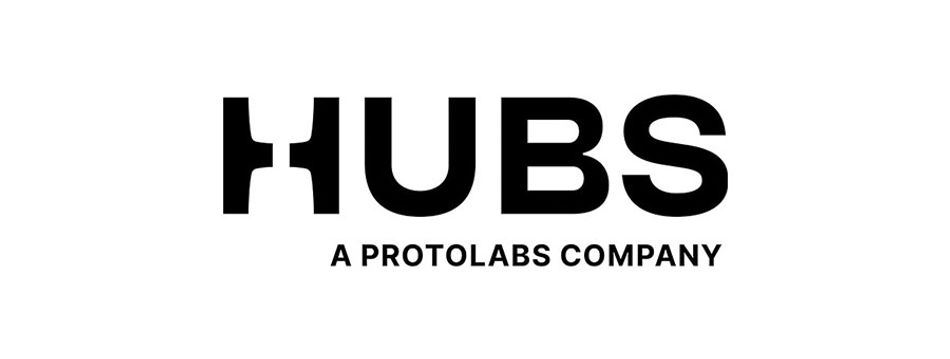The 2022 Supply Chain Resilience Report
Industry trends and supply chain strategy for manufacturing.
Manufacturing platform Hubs has updated their Supply Chain Resilience Report to include new data from 2021 as well as addressing the disruptions caused by Brexit and the Covid-19 pandemic. Below are some of the key findings, download the full report here.
Supply chain resilience - what it means and why it matters
Complex manufacturing supply chains face more risks than ever. A disruption in one country ripples around the world, leading unprepared companies to experience damaging interruptions. Simultaneously, the number of disruptions is rising. As each risk has unique elements and timing, planning and prediction is impossible. Traditional strategies don’t support the flexibility and adaptability required to survive, let alone grow stronger.
But some organizations react to disruption far better than others. These organizations cope with unknown and unknowable risks due to one characteristic: resilience.
Defining supply chain resilience
Supply chain resilience describes a supply chain prepared for unforeseen disruptions, able to react and recover fast, and emerge stronger after the event.
Though many companies believe supply chain resilience merely implies the ability to manage risk, true resilience enables you to position your organization better than competitors in order to deal with and gain advantage from disruptions.
Resilience is not a new concept, but the need for it has become greater as the frequency and severity of risks have increased, which comes naturally with an ever more complex, globally-stretching supply chain. Supply chain resilience does not develop passively, as it’s impossible to plan for every potential risk. Instead, it demands a dedicated, deliberate strategy to strengthen your organization in the face of the unexpected.
Resilience is crucial to the manufacturing industry, as generating revenue relies on adding value at each link of the supply chain, from the raw materials to the finished product. If one of these links becomes broken, or disrupted, value can no longer be added, making a resilient supply chain essential to bringing products to market.
Key findings:
75% of companies have experienced external disruptions to their manufacturing supply chain in the past year.
56% of companies have experienced more disruptions to their supply chain this year than last year.
COVID-19 has been the single biggest disruptive event of the past decade but material shortages have been the most disruptive factor of the past year.
98% of companies believe measures should be taken to avoid future supply disruptions, but only 63% have done so to date.
57% of companies believe that diversifying their manufacturing supply is the best way to prevent future disruptions.
The rising need for resilience
From trade wars and material shortages to COVID-19 and changing labor environments, supply chain resilience is becoming a priority for many companies. The rise of global trade means companies have more moving pieces stretched over greater distances with less slack in the system. And with a growing global population and a growing economy, significant supply chain disruptions are inevitable.
Simultaneously, companies are still relying on a single company for certain parts in order to achieve lower costs. Reducing essential processes and resources to single or a few sources creates a dependency on deep-tier suppliers as well as on concentrations of supply sources that create fragile chokepoints in the global economy. Only a handful of countries are responsible for the world’s supply and, as many companies experienced with the coronavirus outbreak, this over-reliance can have catastrophic long-term effects on supply chain operations.
Building supply chain resilience: Effective measures organizations can take to mitigate disruption
Effective measures organizations can take to mitigate disruption. As we’ve seen with the simultaneously rising complexity of supply chains and the increasing number of disruptions, a clear strategy for building supply chain resilience to mitigate future disruptions will be essential for businesses moving forward.
However, it seems that although organizations have coped with supply chain disruptions first-hand, a large proportion are unprepared. According to the Hubs 2021 survey, a surprising 37% of respondents have not taken any measures in the last year to build up supply chain resilience, despite 75% having experienced externally caused disruptions.
The report discusses the three approaches organizations can take to start building a resilient supply chain:
Creating autonomy (automation, additional inventory).
Developing flexibility (geographical diversification, agile working processes).
Increasing visibility (stronger supplier relationships, increased monitoring).
Conclusion
Creating autonomy, developing flexibility and increasing visibility across your supply chain will help your organization to reduce the number of vulnerabilities in the supply chain, spot upcoming disruptions, and mitigate the effects of disruptions when they inevitably do occur. These three approaches will not only strengthen the company in the face of oncoming disruptions but also serve the company in calmer times.
Recommended reading: The 2023 Supply Chain Resilience Report
The number and the type of disruption is out of your control. Resilience is not. Making the deliberate choice to develop a long-term strategy to overcome disruption, whatever its effects is the only option. Those who don't pursue resilience become ever more vulnerable in the face of the rising number of supply disruptions, and their wider-reaching consequences, to come.
Download the full report here.
About the sponsor: Hubs
Hubs, formerly 3D Hubs, is an online platform for custom part manufacturing, providing access to a global network of manufacturing services, including CNC machining, 3D printing, injection molding, and sheet metal fabrication.


